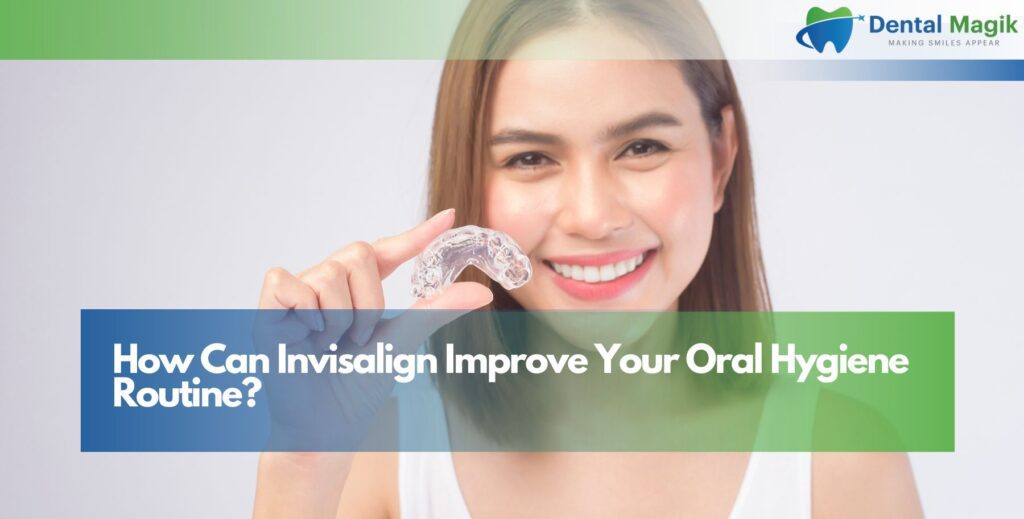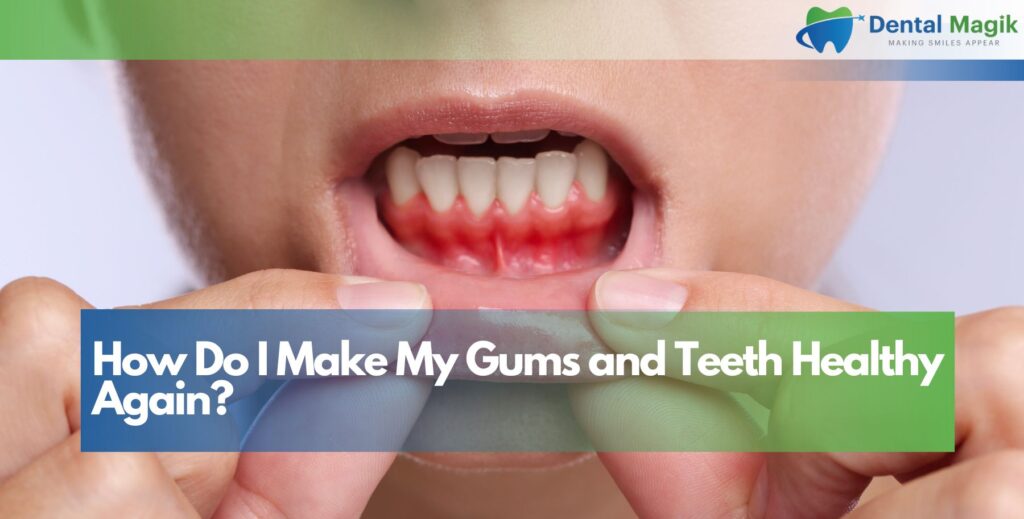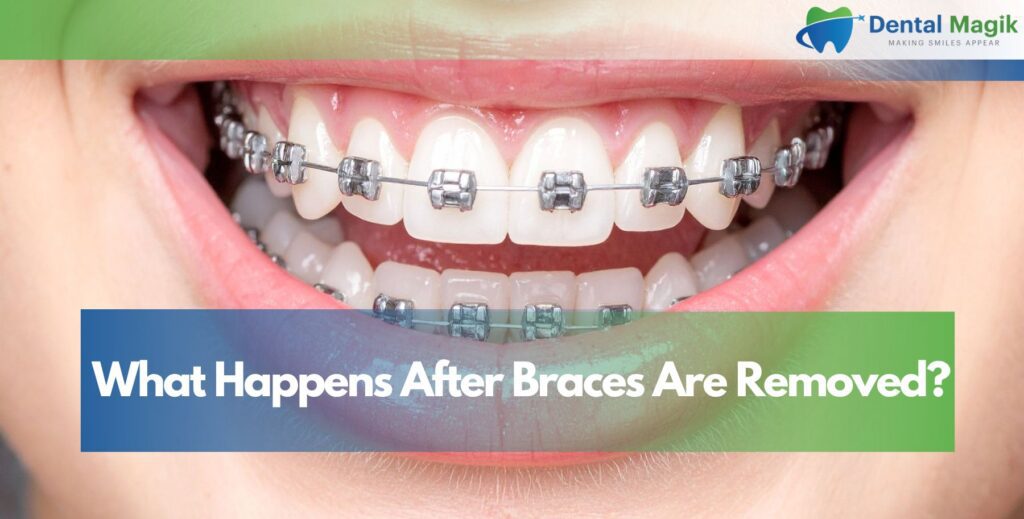Invisalign, a modern alternative to traditional braces, offers more than just a straighter smile—it can significantly enhance your oral hygiene routine. Unlike metal braces, Invisalign aligners are removable, clear, and custom-made, making them a popular choice for those seeking orthodontic treatment with added convenience. By simplifying teeth cleaning and reducing the risk of dental issues, Invisalign promotes better oral health. In this comprehensive guide, we’ll explore how Invisalign improves your oral hygiene, its benefits over traditional orthodontics, and tips for maintaining a healthy smile during treatment. Whether you’re considering Invisalign or already using it, this article provides valuable insights to optimize your dental care.
Table of Contents
Understanding Invisalign and Its Role in Oral Health
Invisalign uses a series of clear, removable aligners to gradually straighten teeth, addressing issues like crooked teeth, overbites, or gaps between teeth. Its design not only improves dental alignment but also supports better oral hygiene compared to traditional braces. By allowing easier access to teeth and gums, Invisalign helps patients maintain a cleaner mouth and avoid common dental problems.
How Invisalign Works
Invisalign aligners are custom-crafted using 3D imaging to fit your teeth precisely. Patients wear each set of aligners for about two weeks, moving teeth incrementally toward the desired position. The aligners are worn for 20-22 hours daily but can be removed for eating, drinking, and teeth cleaning. This removability is a key factor in enhancing oral hygiene routines, as it eliminates the barriers posed by fixed braces.
Why Oral Hygiene Matters During Orthodontic Treatment
Proper oral hygiene during orthodontic treatment is crucial to prevent plaque buildup, gum disease, and tooth decay. Fixed appliances like metal braces can trap food and make cleaning challenging, increasing the risk of dental issues. Invisalign’s design addresses these challenges, making it easier to maintain a consistent dental care routine.
Enhancing Teeth Cleaning with Invisalign
One of the standout benefits of Invisalign is its ability to simplify teeth cleaning, allowing for a more effective oral hygiene routine compared to traditional braces.
Removable Aligners for Easy Dental Cleaning
Unlike metal braces, which have brackets and wires that trap food particles, Invisalign aligners are removable, enabling patients to brush and floss without obstruction. After removing the aligners, you can clean your teeth thoroughly using a toothbrush, toothpaste, and floss, reaching all surfaces and interdental spaces. This reduces the risk of plaque buildup and cavities, common concerns with fixed orthodontics.
To maintain cleanliness, rinse your aligners with lukewarm water and brush them gently with a soft toothbrush. Avoid hot water, as it can warp the aligners. This ease of cleaning ensures your oral hygiene routine remains consistent and effective throughout treatment.
Reducing Plaque Buildup and Gum Inflammation
Plaque buildup is a primary cause of gum disease and tooth decay, particularly during orthodontic treatment. Invisalign minimizes this risk by allowing you to remove aligners before eating, preventing food from getting trapped. Additionally, regular teeth cleaning without brackets reduces gum inflammation, as you can floss and brush along the gumline more effectively. Studies show that patients with Invisalign have lower rates of gingivitis compared to those with traditional braces.
Maintaining Oral Freshness During Invisalign Treatment
Wearing aligners for extended periods can sometimes lead to bad breath if not cleaned properly. However, Invisalign’s removability allows you to maintain oral freshness by brushing after meals and cleaning aligners regularly. Using an antimicrobial mouthwash can further enhance cleanliness, keeping your breath fresh and your mouth healthy.
Invisalign vs. Traditional Braces for Oral Hygiene
Comparing Invisalign to traditional braces highlights its advantages in supporting a better oral hygiene routine. While both options straighten teeth, their impact on dental care differs significantly.
Challenges of Oral Hygiene with Metal Braces
Metal braces require meticulous cleaning due to brackets and wires that trap food and plaque. Brushing and flossing around these components is time-consuming and often less effective, increasing the risk of white spots (decalcification), cavities, and gum disease. Patients must use special tools like interdental brushes or floss threaders, which can complicate their dental care routine.
Advantages of Invisalign for Dental Health
Invisalign eliminates these challenges by allowing you to remove aligners for normal brushing and flossing. This ensures a thorough teeth cleaning process, reducing the likelihood of dental problems. Additionally, Invisalign aligners are less likely to cause irritation to gums and cheeks, promoting overall oral comfort and health.
Aesthetic and Practical Benefits of Invisalign
Beyond oral hygiene, Invisalign offers aesthetic advantages with its nearly invisible appearance, boosting confidence during treatment. Its practicality—removing aligners for meals or special occasions—further supports a seamless dental care routine, making it easier to maintain oral health without disrupting daily life.
Preventing Dental Issues During Invisalign Treatment
Invisalign makes it easier to avoid dental issues like tooth decay, gum disease, and enamel damage, provided you follow a disciplined oral hygiene routine.
Consistent Oral Hygiene Practices
To maximize Invisalign’s benefits, maintain a consistent oral hygiene routine. Brush at least twice daily with fluoride toothpaste, floss once daily, and use an antimicrobial mouthwash to reduce bacteria. Clean your aligners every day and soak them in a denture cleaner or Invisalign cleaning crystals weekly to prevent plaque buildup on the aligners themselves.
Avoiding Foods That Harm Oral Health
While Invisalign allows you to eat without restrictions, avoid sugary or acidic foods and drinks that can contribute to tooth decay. Rinse your mouth after consuming such items before reinserting aligners to minimize plaque formation. Staying hydrated also helps wash away food particles and maintain oral freshness.
Regular Dental Checkups for Monitoring
Regular visits to your dentist during Invisalign treatment are essential to monitor progress and oral health. Your dentist will check for signs of gum inflammation, cavities, or aligner fit issues, ensuring your dental care remains on track. These appointments also allow for professional cleanings to complement your oral hygiene routine.
Additional Benefits of Invisalign for Oral Health
Beyond improving teeth cleaning, Invisalign offers several advantages that contribute to long-term dental wellness and overall health.
Correcting Dental Alignment for Better Oral Hygiene
Crooked teeth or misaligned bites can create hard-to-reach areas, making teeth cleaning challenging and increasing the risk of dental problems. Invisalign corrects these issues, aligning teeth for easier access during brushing and flossing. Properly aligned teeth also reduce wear on enamel and stress on gums, supporting long-term oral health.
Reducing Risk of Periodontal Disease
By simplifying oral hygiene, Invisalign lowers the risk of periodontal disease, a condition linked to plaque buildup and gum inflammation. Healthy gums are crucial for supporting teeth and preventing tooth loss, making Invisalign a proactive choice for dental care.
Supporting Overall Health Through Oral Wellness
Poor oral health is linked to systemic conditions like heart disease and diabetes. By promoting a cleaner mouth and reducing dental issues, Invisalign indirectly supports overall health, enhancing your quality of life.
Tips for Optimizing Your Oral Hygiene Routine with Invisalign
To fully leverage Invisalign’s benefits for oral hygiene, incorporate these practical tips into your daily routine.
Create a Dental Care Schedule
Set a consistent schedule for brushing, flossing, and cleaning your aligners. For example, brush after every meal before reinserting aligners to prevent trapping food particles. This habit ensures a clean mouth and aligners, reducing the risk of plaque buildup.
Use the Right Dental Cleaning Tools
Invest in a soft-bristled toothbrush, fluoride toothpaste, and waxed floss for gentle yet effective teeth cleaning. A water flosser can also simplify interdental cleaning, especially for those with gaps between teeth. For aligner maintenance, use Invisalign cleaning products or a mild dish soap to avoid damage.
Stay Committed to Invisalign Wear Time
Wear your aligners for 20-22 hours daily to ensure treatment progress while allowing sufficient time for dental cleaning. Remove aligners carefully and store them in their case to avoid contamination or loss.
Conclusion
Invisalign transforms not only your smile but also your oral hygiene routine, offering a convenient and effective way to maintain dental health during orthodontic treatment. Its removable design simplifies teeth cleaning, reduces plaque buildup, and lowers the risk of gum disease and tooth decay compared to traditional braces. By correcting dental alignment and supporting consistent oral hygiene practices, Invisalign promotes long-term oral wellness. If you’re in the East Brunswick area and considering Invisalign to enhance your dental care and smile, consult a trusted Dentist in East Brunswick, NJ for personalized guidance and expert treatment.
FAQs
How does Invisalign make teeth cleaning easier than braces?
Invisalign aligners are removable, allowing normal brushing and flossing without obstacles, reducing plaque buildup and dental issues compared to metal braces.
Can Invisalign prevent gum disease during orthodontic treatment?
Yes, by simplifying oral hygiene and reducing plaque buildup, Invisalign lowers the risk of gum inflammation and periodontal disease.
How should I clean my Invisalign aligners?
Rinse aligners with lukewarm water, brush them gently with a soft toothbrush, and soak them in Invisalign cleaning crystals or denture cleaner weekly.
Will Invisalign cause bad breath?
With proper oral hygiene and aligner cleaning, Invisalign helps maintain oral freshness. Brushing after meals and using antimicrobial mouthwash prevents bad breath.
How often should I visit my dentist during Invisalign treatment?
Regular dental checkups every 6-8 weeks are recommended to monitor oral health and treatment progress, ensuring a healthy oral hygiene routine.







